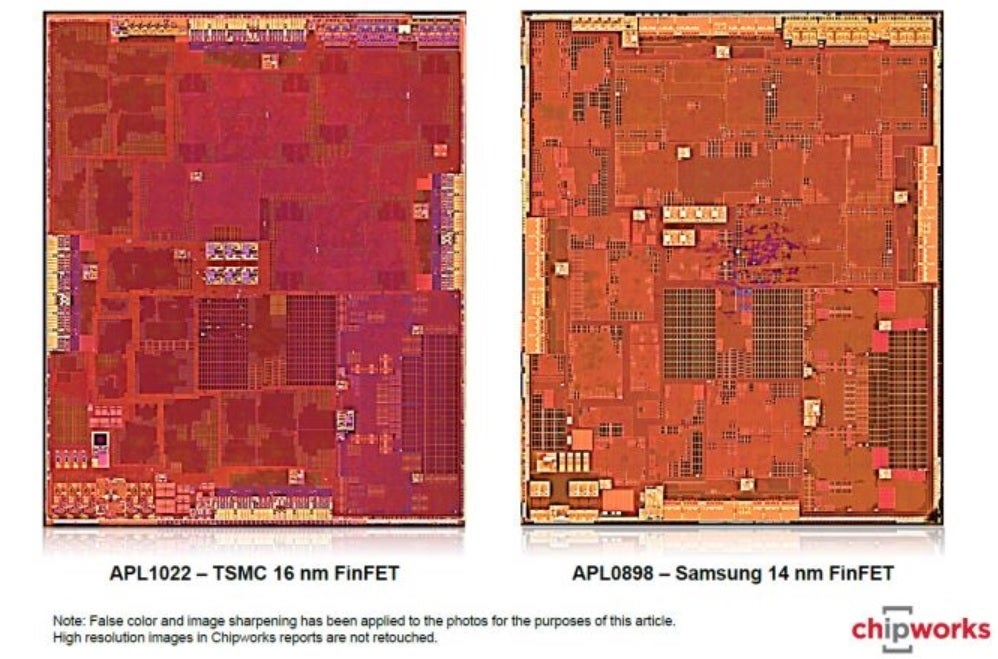Galaxy S25 chip could be dual-sourced; here's why Samsung's version should outperform TSMC's
We may earn a commission if you make a purchase from the links on this page.

Back in April, tipster Revengus said that Qualcomm might dual-source the 3nm Snapdragon 8 Gen 4 SoC which means that it would be made by both TSMC and Samsung Foundry. And now famed TF International analyst Ming-Chi Kuo (via Wccftech) is saying the same thing. With smartphone sales slumping, Qualcomm has been struggling and recently laid off 415 employees. The heavy cost associated with TSMC's 3nm production is probably why the Snapdragon 8 Gen 3 will continue to be built by TSMC using the 4nm node.
Additionally, the expense involved in using Intel's upcoming 20A node has forced Qualcomm to stop developing chips for Intel to build using 20A (which is equivalent to 3nm). As a result, Kuo says that Intel's 18A R&D and mass production are facing "uncertainty and risk." That leaves TSMC and Samsung Foundry as the only viable options for Snapdragon 8 Gen 4 production.
Qualcomm could stick with TSMC for the Snapdragon 8 Gen 4 especially since the foundry's second-generation 3nm process node, N3E, is expected to be less expensive than the current N3B node that is being used to build the A17 Bionic SoC. That SoC will power the iPhone 15 Pro models this year. The issue is that if Qualcomm wants only TSMC to manufacture its 2024 flagship smartphone chipset using a 3nm node, it might need to pay a premium to the foundry to get the 3nm production capacity that the chip designer needs.

Back in 2015 Apple dual-sourced the A9 from TSMC and Samsung Foundry
One way around this would be to dual source the Snapdragon 8 Gen 4 chipset between TSMC and Samsung. The latter's yields have improved enough to make it a legitimate option for Qualcomm. And interestingly, Samsung's 3nm process includes the use of Gate-all-around (GAA) transistors which surround the channel on all four sides reducing current leaks and increasing the drive current. Chips made using GAA also offer more precise control over current flow, and have faster performance while consuming less energy.
Since TSMC's 3nm process uses "old-school" FinFET transistors, one could argue that Samsung's Snapdragon 8 Gen 4 should outperform the same chip coming from TSMC.
Dual sourcing has been done before in the smartphone industry when it comes to chipsets. Back in 2015, Apple used both TSMC and Samsung Foundry to manufacture the A9 chip used to power the iPhone 6s and iPhone 6s Plus. Samsung's chips were made using its 14nm node while TSMC used its 16nm node. The die size for Samsung's version of the A9 was slightly smaller which meant Apple was able to get more complete chips from Samsung out of the same 300mm silicon wafer than TSMC.
Pre-order the Samsung Galaxy Z Fold 5 and Galaxy Z Flip 5 right here, right now!
The total number of iPhone 6s and 6s Plus units shipped was skewed in favor of units packing Samsung's A9 by a 63%-37% margin. Since then, Apple has stuck with TSMC to produce its A-series and M-series SoCs.










Things that are NOT allowed: